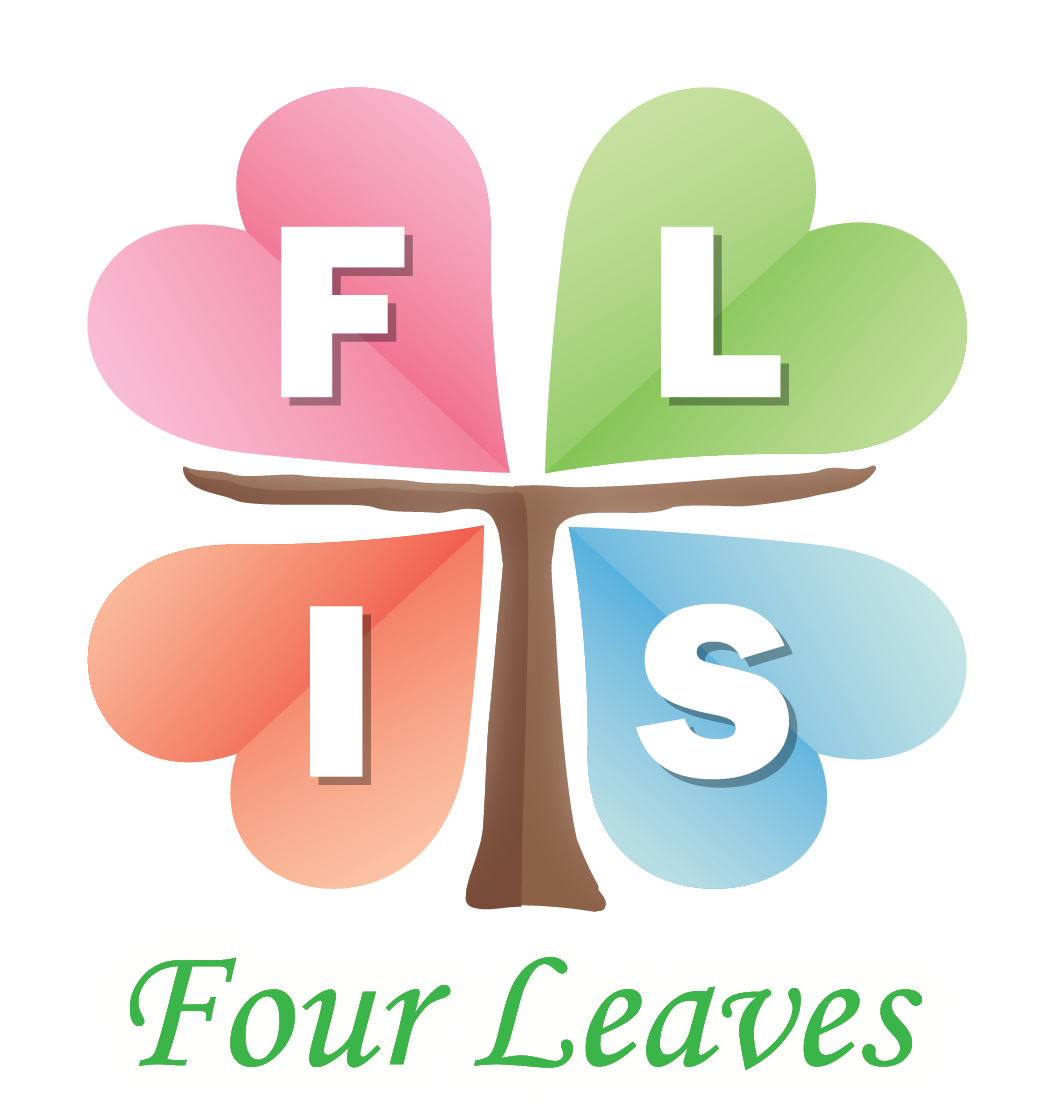🌍 Tiny Translators: How Multilingualism Shapes Young Brains and Hearts
With the most studied language in the world (English), our kids at Four Leaves International School Tokyo use their words to bridge cultures and connect worlds.
In our classrooms, English is the primary language we use to learn, play, and grow together. In addition, many of our children have the specialty to speak more than one language at home. At home, they might speak Japanese, Chinese, Korean, Spanish, or other family languages. This vibrant mix is a gift for our kids futures.
Multilingualism isn’t just about communicating in different words. It shapes how children think, how they see themselves, and how they understand others with ease.
世界で最も学ばれている言語「英語」を使って、Four Leaves International School Tokyo の子どもたちは言葉で文化をつなぎ、世界をつなげています。
私たちの教室では、英語を使って学び、遊び、共に成長しています。
さらに、多くの子どもたちは家庭で複数の言語を話す特別な力を持っています。
家では日本語、中国語、韓国語、スペイン語、その他の家族の言語を話すこともあります。
この多様な言語の背景は、子どもたちの未来にとって大きな贈り物です。
多言語を話すことは、ただ言葉を使い分けるだけではありません。
それは、子どもたちの思考の仕方、自分自身の見方、そして他者への理解の仕方を豊かにする力でもあります。
Why Multilingualism Matters in Early Childhood
Research shows that early exposure to multiple languages nurtures powerful skills and mindsets:
🧠 Cognitive Flexibility and Problem-Solving
Children who grow up multilingual learn to switch between cultures and ideas. Bialystok (2001) found that bilingual children have stronger executive function and can adapt more easily to changing situations.
🌏 Cultural Awareness and Empathy
García (2009) explains that multilingual children naturally develop an appreciation for different perspectives and cultures, which is beneficial especially in this modern age of growing multicultural societies.
🗣 Stronger Metalinguistic Awareness
According to Cummins (2001), multilingual learners understand that there is more than one way to express an idea, which builds strong literacy, critical thinking and leadership skills.
At Four Leaves International School Tokyo, we see these benefits every day — whether a child is explaining a word for a friend or telling a story about a family celebration.
幼児期における多言語教育が大切な理由
研究によると、幼い頃から複数の言語に触れることは、子どもたちの大きな力と豊かな考え方を育てます。
🧠 認知の柔軟性と問題解決能力
多言語環境で育った子どもは、文化や考えを行き来する力を自然に身につけます。
Bialystok(2001)の研究では、バイリンガルの子どもは実行機能がより強く、変化する状況にも柔軟に適応できることが示されています。
🌏 文化理解と共感力
García(2009)は、多言語の子どもたちはさまざまな視点や文化を自然に尊重し理解する心を育むと述べています。これは、多文化社会が広がる現代において特に重要です。
🗣 高いメタ言語意識
Cummins(2001)によると、多言語学習者は、一つの考えを表現する方法が一つではないことを理解しており、それが高い識字力、批判的思考力、リーダーシップの基盤となります。
Four Leaves International School Tokyo では、友達に言葉を説明したり、家族の行事について話したりする子どもたちの中に、こうした多言語の力を毎日感じています。
Multilingual Life at Four Leaves
While English is the foundation of our learning, we embrace and celebrate the languages children bring from home:
Our daily routines, songs, and stories are in English. Children are also encouraged to share small words in their home languages that can be easily remembered by peers. Teachers model curiosity about languages: “How do you say that in Korean?”, “Can you teach me the word in Japanese?”. This blending is what Li Wei (2018) calls translanguaging — using all available language resources to make meaning.
Four Leavesでの多言語のくらし
英語を学びの基盤としながらも、子どもたちが家庭から持ってくる言語を大切にし、共に祝い、受け入れています。
日々のルーティンや歌、お話は英語で行いますが、子どもたちは家庭の言語から、友達が覚えやすい小さな単語を紹介することも奨励されています。
教師は言語への興味や好奇心を言葉にして示します。
「それは韓国語でどう言うの?」「日本語でその言葉を教えてくれる?」
このように言語を自由に行き来させて学び合うことを、Li Wei(2018)は「トランスランゲージング」と呼んでいます。
あらゆる言語資源を活用して意味を生み出す学び方です。
Our young learners are reading stories and then expressing their own ideas through drawing and early writing inspired by what they’ve heard and heard.
We also reward our students each semester with their reading abilities and more.
私たちの幼い学び手たちは、お話を読んだあとに、それをもとに自分の考えを絵や初期の文字で表現しています。
また、各学期の終わりには、読みの力などの成長を称えて子どもたちを表彰しています。
What Multilingualism Teaches Beyond Words
When children grow up with more than one language, they learn:
🌱 Empathy
They understand that different cultures see and name the world in unique ways.
🌱 Confidence
They feel confident of their ability to connect across cultures.
🌱 Resilience
They have the opportunity to learn to navigate misunderstandings with patience and creativity.
言葉を超えて多言語教育が教えてくれること
複数の言語と共に育つことで、子どもたちは次のことを学びます:
🌱 共感力
さまざまな文化が、それぞれ独自の方法で世界を見て、名前をつけていることを理解します。
🌱 自信
文化を越えてつながる力が自分にあることを自信に感じます。
🌱 レジリエンス(しなやかさ)
誤解や行き違いを、忍耐と創造力で乗り越える方法を学ぶ機会を得ます。
How Families Can Support Multilingual Growth
Whether your child speaks two languages or five, here are some simple ways to nurture their multilingual journey:
📚 Keep Speaking Your Families First Language
Research shows that a strong first language supports literacy in English and other languages too (Cummins, 2001).
🎶 Try to Sing and Play in Multiple Languages
Songs and rhythms are a powerful way to build vocabulary and memory for all family members, especially the kids.
📖 Read Books and Stories in Different Languages
Reading books and stories are also a powerful way to learn lessons and at the same time grow their language skills. Bilingual picture books can be a bridge between home and school.
🎉 Celebrate Cultural Traditions
Its important to not skip cultural celebration days for both the families culture and the language of the learning cultures as well.
ご家庭で多言語の成長を支えるために
お子さまが2つの言語を話していても、5つの言語を話していても、多言語の学びを育むためにできるシンプルな方法があります:
📚 家庭の第一言語を話し続けましょう
研究によると、しっかりとした第一言語の基盤は、英語や他の言語のリテラシーを支える助けにもなります(Cummins, 2001)。
🎶 さまざまな言語で歌ったり遊んだりしてみましょう
歌やリズムは、語彙力や記憶力を育む強力な方法です。特に子どもたちにとって効果的です。
📖 いろいろな言語で本や物語を読みましょう
本や物語を読むことは、学びを深めながら言語力を伸ばす素晴らしい方法です。バイリンガルの絵本は、家庭と学校をつなぐ架け橋にもなります。
🎉 文化的な伝統をお祝いしましょう
家族の文化や、学んでいる言語の文化の記念日を大切にし、積極的にお祝いすることも大切です。
Further Reading
Bialystok, E. (2001). Bilingualism in Development: Language, Literacy, and Cognition.
Cummins, J. (2001). Language, Power and Pedagogy.
García, O. (2009). Bilingual Education in the 21st Century.
Li Wei. (2018). “Translanguaging as a Practical Theory of Language.”
さらに読みたい方へ
Bialystok, E. (2001). 『発達におけるバイリンガリズム:言語、リテラシー、認知』
Cummins, J. (2001). 『言語・権力・教育法』
García, O. (2009). 『21世紀のバイリンガル教育』
Li Wei. (2018). 「言語の実践理論としてのトランスランゲージング」
One Last Thought
When children grow up hearing, speaking, and feeling more than one language, they learn more than just a language. they develop a deeper understanding of the world around them including identity and the connection they have to this world.
At Four Leaves International School Tokyo, we are proud to walk beside them as they discover their voices in every language they carry.
最後にひとこと
子どもたちが複数の言語を聞き、話し、感じながら育つとき、彼らが学ぶのは単なる言語以上のものです。自分自身のアイデンティティや、この世界とのつながりを含め、周囲の世界についてより深く理解するようになります。
Four Leaves International School Tokyo では、子どもたちが持つすべての言語で自分の声を見つけるその道のりを誇りをもって共に歩んでいます。


